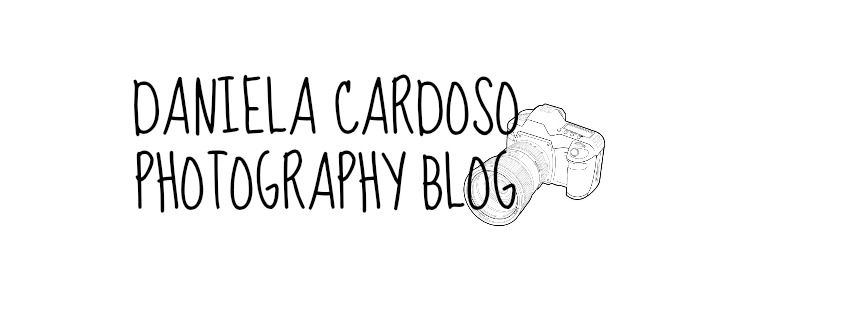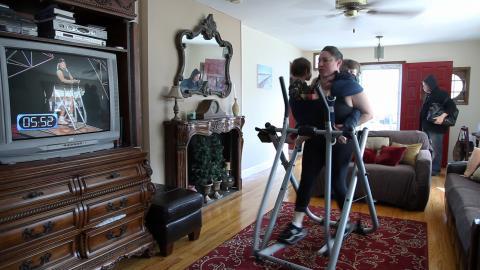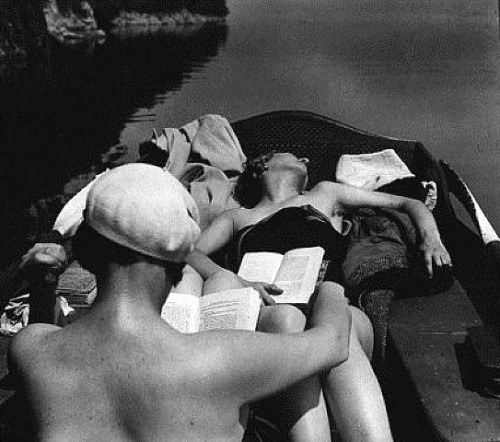The personal project was the final coursework project we
were going to get, therefore it was expected to be our best project in both
concept and technical ability.
The brief asked us to ‘submit supporting studies, a linked
personal study of 1000-3000 words and practical outcomes from personal starting
points. The outcomes were to be ‘sophisticated’ and ‘mature’ whilst also
showcasing technical abilities.
Since this was a ‘self-devised’ brief it meant that you
would write it yourself giving an areas of focus that you would personally like
to develop after thorough research.
For my outcome I produced a series of three photographs I
took myself with my chosen pathway of ‘documentary’ and done embroidery work
onto them. For my photographs I used my
previous learnt technique of dodging and burning and I also used some skills I
learned whilst doing textiles and applied those to my embroidery work.
To help me come with this idea, I first looked at how I
could turn a pretty simple photograph and make it into a piece of art. I looked
at drawing and writing on top of the photographs and found various different artists
that took this approach. I then decided that I still wanted to enhance my
photographs in some way, and then I found an artist ‘Maria Aparicio’ which
inspired me to start to play with the ideas of embroidery.
I met my deadline by ensuring I had enough time to
experiment with my ideas and managing my time efficiently.
I think the experimenting process really helped me come with
ideas on how I would begin to embroider onto my final photographs. I thought my outcome was a success because I
did enough research into my ideas to know exactly where I was going. Each of my
photographs also have a meaning and the embroidery helped to convey that
meaning; perhaps a little more clearly.
I think that I met the brief as I applied various skills
that I had previously learnt, and applied them to Personal Project.
If I had more time I would definitely do more photographs
and made it into a body of work. I would also give a little more thought into
how I will present the photographs in a unique way.



